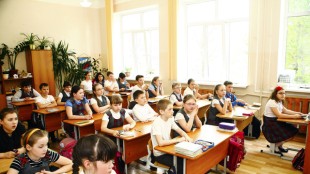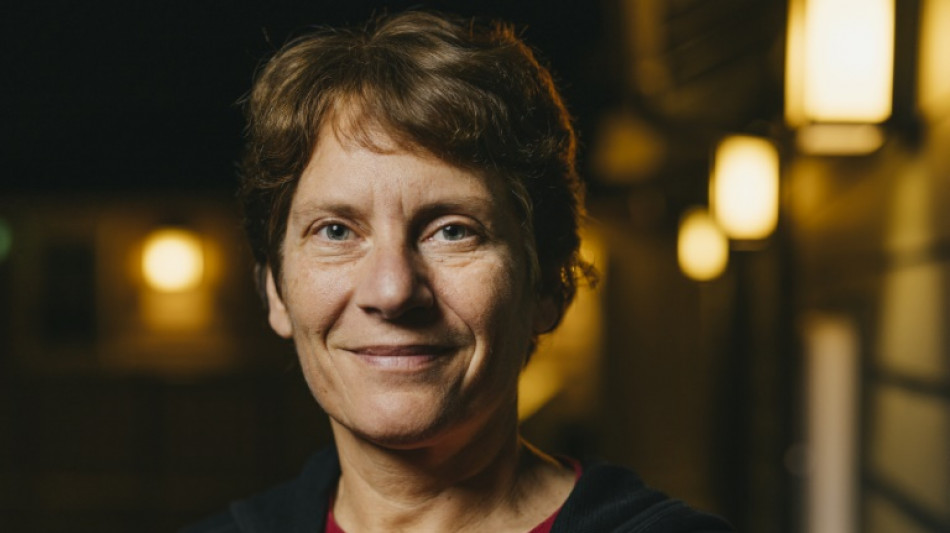
-
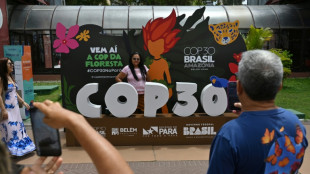 COP30 has a mascot: the fiery-haired guardian of Brazil's forest
COP30 has a mascot: the fiery-haired guardian of Brazil's forest
-
The Sudanese who told the world what happened in El-Fasher
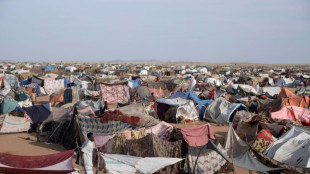
-
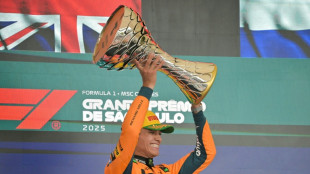 Three things we learned from the Sao Paulo Grand Prix
Three things we learned from the Sao Paulo Grand Prix
-
ASC acquire majority share in Atletico Madrid
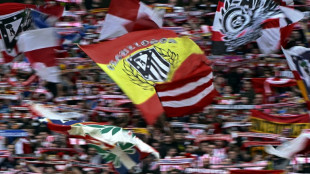
-
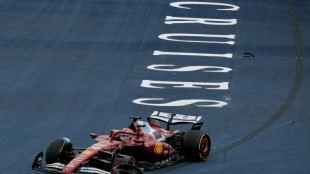 Ferrari boss tells Hamilton, Leclerc to drive, not talk
Ferrari boss tells Hamilton, Leclerc to drive, not talk
-
Bank of England seeks to 'build trust' in stablecoins

-
 China suspends 'special port fees' on US vessels for one year
China suspends 'special port fees' on US vessels for one year
-
French court frees ex-president Sarkozy from jail pending appeal
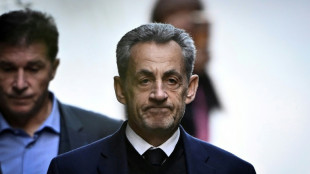
-
 No link between paracetamol and autism, major review finds
No link between paracetamol and autism, major review finds
-
Typhoon Fung-wong floods Philippine towns, leaves 5 dead in its wake
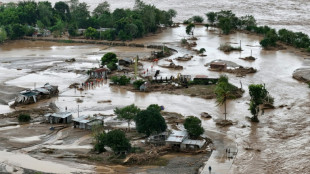
-
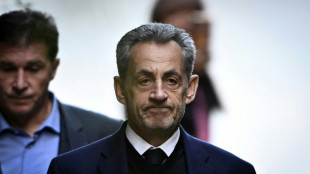 France's Sarkozy says prison a 'nightmare' as prosecutors seek his release
France's Sarkozy says prison a 'nightmare' as prosecutors seek his release
-
Guinness maker Diageo picks new CEO after US tariffs cloud

-
 China suspends 'special port fees' on US vessels
China suspends 'special port fees' on US vessels
-
US senators take major step toward ending record shutdown

-
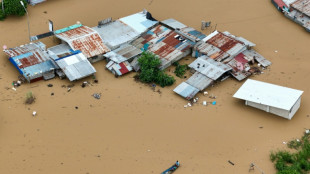 Typhoon Fung-wong leaves flooded Philippine towns in its wake
Typhoon Fung-wong leaves flooded Philippine towns in its wake
-
From Club Med to Beverly Hills: Assinie, the Ivorian Riviera
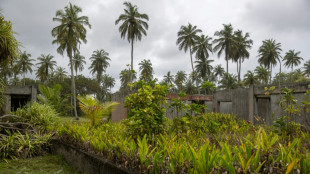
-
 The 'ordinary' Arnie? Glen Powell reboots 'The Running Man'
The 'ordinary' Arnie? Glen Powell reboots 'The Running Man'
-
Typhoon exposes centuries-old shipwreck off Vietnam port
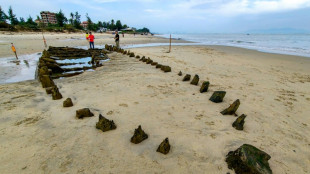
-
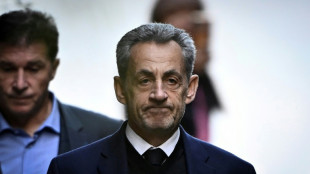 French court to decide if ex-president Sarkozy can leave jail
French court to decide if ex-president Sarkozy can leave jail
-
China lifts sanctions on US units of South Korea ship giant Hanwha

-
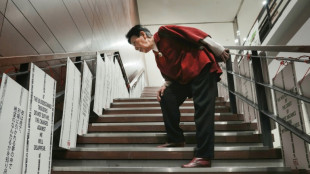 Japan death row inmate's sister still fighting, even after release
Japan death row inmate's sister still fighting, even after release
-
Taylor sparks Colts to Berlin win as Pats streak hits seven

-
 Dreyer, Pellegrino lift San Diego to 4-0 MLS Cup playoff win over Portland
Dreyer, Pellegrino lift San Diego to 4-0 MLS Cup playoff win over Portland
-
Indonesia names late dictator Suharto a national hero
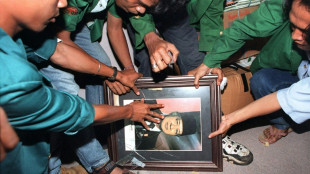
-
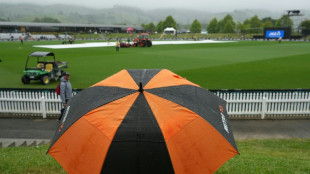 Fourth New Zealand-West Indies T20 washed out
Fourth New Zealand-West Indies T20 washed out
-
Tanzania Maasai fear VW 'greenwashing' carbon credit scheme
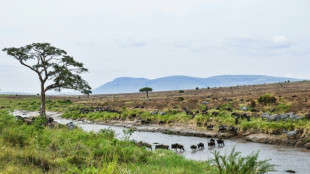
-
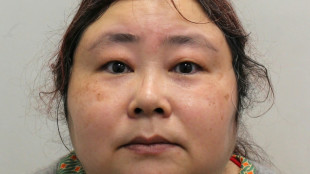 Chinese businesswoman faces jail after huge UK crypto seizure
Chinese businesswoman faces jail after huge UK crypto seizure
-
Markets boosted by hopes for deal to end US shutdown

-
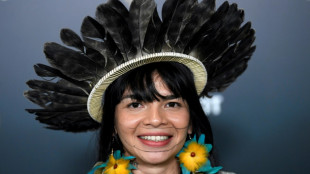 Amazon poised to host toughest climate talks in years
Amazon poised to host toughest climate talks in years
-
Ex-jihadist Syrian president due at White House for landmark talks

-
 Saudi belly dancers break taboos behind closed doors
Saudi belly dancers break taboos behind closed doors
-
The AI revolution has a power problem
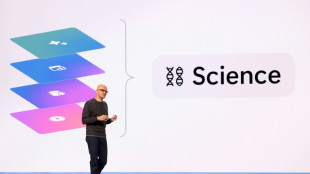
-
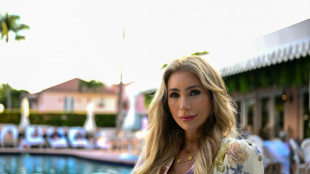 Big lips and botox: In Trump's world, fashion and makeup get political
Big lips and botox: In Trump's world, fashion and makeup get political
-
NBA champion Thunder rally to down Grizzlies
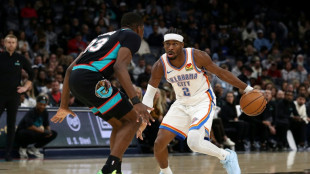
-
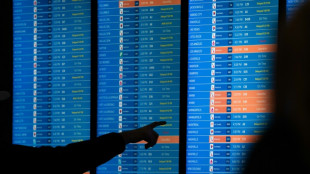 US senators reach deal that could end record shutdown
US senators reach deal that could end record shutdown
-
Weakening Typhoon Fung-wong exits Philippines after displacing 1.4 million

-
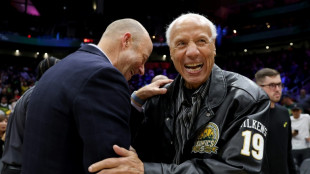 Lenny Wilkens, Basketball Hall of Famer as player and coach, dies
Lenny Wilkens, Basketball Hall of Famer as player and coach, dies
-
BeenVerified People Search Tool Reunites a Family in Crisis

-
 Medical Care Technologies Inc. (OTC PINK:MDCE) Marches Forward with Breakthrough Patent-Pending AI Healthcare Solutions using Smart Devices
Medical Care Technologies Inc. (OTC PINK:MDCE) Marches Forward with Breakthrough Patent-Pending AI Healthcare Solutions using Smart Devices
-
Telecom Argentina S.A. Announces Consolidated Results for The Nine-Month Period ("9M25") and Third Quarter of Fiscal Year 2025 ("3Q25")
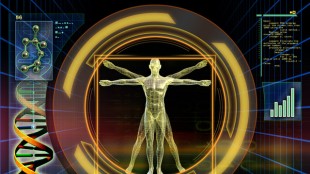
-
 HWAL Inc., to Collaborate with International Music Industry Veterans on K-Pop Music Venture
HWAL Inc., to Collaborate with International Music Industry Veterans on K-Pop Music Venture
-
Lir Life Sciences Corp. Formerly Blackbird Critical Metals Corp. Announces Closing of Acquisition of Lir Life Sciences Inc.

-
 Luminar Media Group Delivers Record Results as Fortun Platform Scales Profitably
Luminar Media Group Delivers Record Results as Fortun Platform Scales Profitably
-
Avante Health Solutions Partners with Industry Leader Chronos Imaging LLC

-
 CXAI and Noro Announce Intent to Form Strategic Collaboration to Transform Hybrid Work with Agentic AI and Immersive Presence
CXAI and Noro Announce Intent to Form Strategic Collaboration to Transform Hybrid Work with Agentic AI and Immersive Presence
-
World-Renowned Artist DeWitt Fleming Jr. Visits With Students at Maple Bear Angola

-
 APEX Entertainment Doubles Down On Syracuse Lacrosse With Ashlee Volpe & Joey Spallina
APEX Entertainment Doubles Down On Syracuse Lacrosse With Ashlee Volpe & Joey Spallina
-
IGC Pharma to Host Mid-Year Fiscal 2026 Shareholder Update Call on November 17, 2025

-
 HEICO Corporation to Acquire Storied Aviation and Defense Company
HEICO Corporation to Acquire Storied Aviation and Defense Company
-
American Resources Corporation and ReElement Technologies Forge Strategic Partnership with Republic of Uzbekistan to Advance Critical Mineral Supply Chain Beginning with Tungsten


Nobel winner's ingenious chemistry could lead to cancer breakthroughs
"All kinds of crazy things" is how Carolyn Bertozzi, a 2022 Nobel laureate, describes her life's work. Actually performing "chemistry in cells and in people."
When she started her research in 1997, the Stanford professor was aiming only to observe the evolution of certain molecules on the surface of cancer cells.
Today, thanks to her discoveries, at least two companies -- including one she co-founded -- are developing innovative cancer treatments.
The multitude of applications made possible by her findings are impressive: delivering treatments with extreme precision, understanding better how drugs act inside the body, visualizing certain bacteria, to name a few.
"I can't even really enumerate them. The vast majority of those applications I would never have foreseen," she told AFP in an interview.
The Nobel Prize committee recognized Bertozzi's pioneering advances on Wednesday, making her only the eighth woman to win the chemistry prize, at just 55 years old.
- Lego pieces -
Her journey began when she found she had a passion for organic chemistry, while taking pre-medicine courses at Harvard.
The subject is notoriously -- many say fiendishly -- difficult, but she credits an "amazing professor," the late David Evans, for bringing it to life -- and changing the course of her life.
"I said, forget the med school thing. I'm going to be a chemist," said Bertozzi, whose sister is a professor of applied mathematics, and father a retired professor of physics.
After completing her post-doctorate and joining the faculty at UC Berkeley, she wanted to take a closer look at glycans: complex carbohydrates, or sugars, located on the surface of cells, which "go through structural changes" when they become cancerous.
At the time, "there was no tool to image sugars, like in a microscope, for example," she said.
She had an idea that would require two chemical substances that fit together perfectly, like pieces of lego.
The first lego is fed to cells via a sugar. The cell metabolizes it and places it on the tip of the glycan. The second piece of lego, a fluorescent molecule, is injected into the body.
The two lego pieces click together, and voila: hidden glycans reveal themselves under a microscope.
This technique is inspired by "click chemistry" developed independently by Denmark's Morten Meldal and American Barry Sharpless -- Bertozzi's co-winners. But their discoveries relied on using copper as a catalyst, which is toxic to the body.
One of Bertozzi's great leaps was achieving the same type of ultra-efficient reaction without copper.
The other tour de force: making it all happen without wreaking havoc with other processes in the body.
"The beauty of it is that you can take the two Legos and click them together, even if they're surrounded by millions of other very similar plastic toys," she explained.
She coined the term "bioorthogonal chemistry," meaning a reaction that doesn't interfere with other biochemical processes. Perfecting the technique took 10 years.
- 'Cycle of science' -
Researchers are now leveraging these breakthroughs to develop cancer treatments.
Glycans on cancer cells "are able to hide the cancer cell from the immune system -- and so your body can't fight it, it can't see it," she explains.
Using bioorthogonal chemistry, "we made a new type of medicine, which basically acts like a lawnmower," says Bertozzi.
The first lego attaches to the cancer cell's surface, and the second, which clips onto it, is equipped with an enzyme that "mows off the sugars as if they're just grass, it cuts the grass and the sugars fall off," she says with a smile.
The drug is currently being tested in the early stages of a clinical trial.
Another company is seeking to use bioorthogonal chemistry to better target cancer treatment. The first lego piece is injected into a tumor, then a second, which carries the drug, attaches itself and acts only on its target.
"So that allows the oncologist to treat the tumor and kill the tumor without exposing the person's entire body to a toxic chemical," she says.
"What the future holds is hopefully an impact in human health," says Bertozzi. "But the people who decide that more so than myself, are the students and postdocs that join my lab."
Hundreds of them, current and former, filled her email box with messages of congratulations this morning.
"That really is the cycle of science -- it's being mentored and then mentoring" she adds. And "mentoring students gives you an opportunity to amplify the impact of your science."
T.Ward--AMWN


